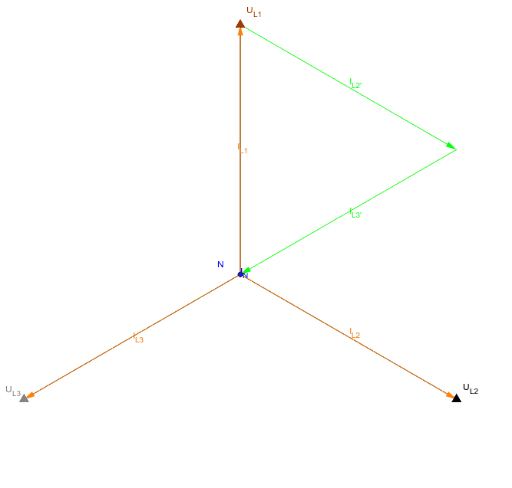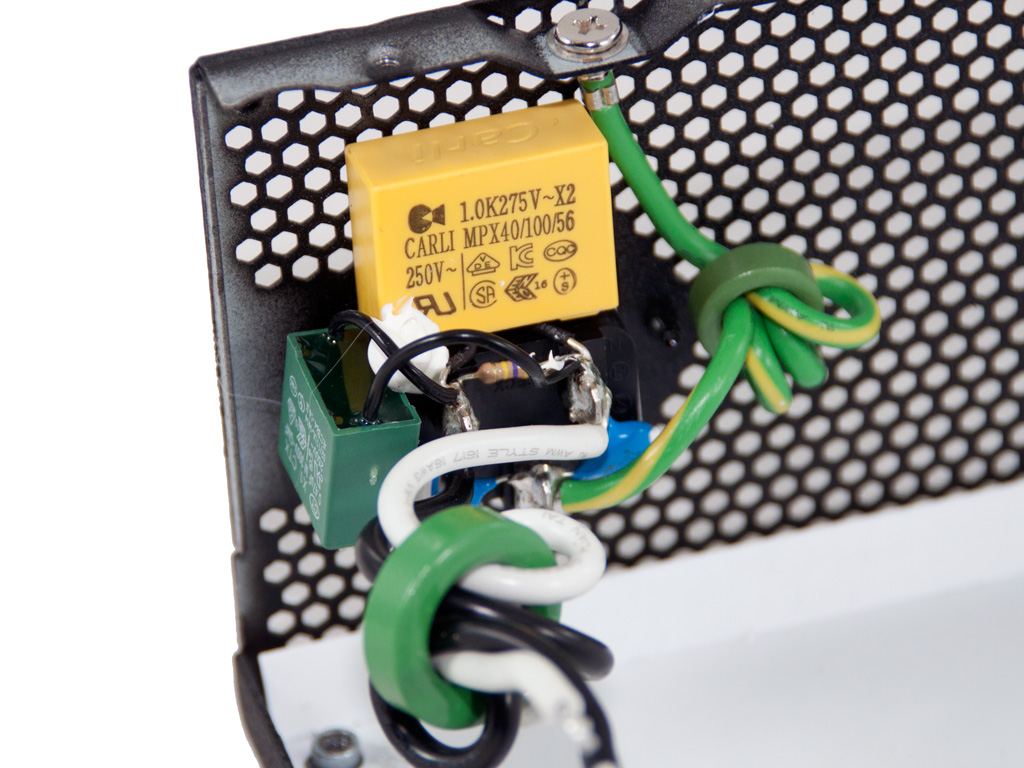no it would not trip because current is limited by the Appliance impedanceIn that scenario with our 2 Ohm ground it would trip the 20 A branch.
Depends on your lamps... whats there minimum working voltage? with LED bulbs Lets just say halve nominal line voltage to make it easyHow much current can a 25 Ohm ground carry before the lights go out?
So the load can be 25Ohms
To say it more in general if the Appliance load impatience is equal to the Grounding impedance voltage is Halve

Some do many don’tSome GFIC will drop out on low V,
But a voltage drop is the only thing that can trip the CGFI
i already acknowledged thisThat would be noticeable.
The line voltage would drop (because Neutral voltage would rise because the return part trout ground is not as low impedance)
So depending on Load an depending on your Ground resistance your devices might not work.
But a situation where you have no lights and apparently no power but device enclosures are at potentially Dangerous voltages
is not save because you keep repeating this
don't know anything about US Smart meter.Do smart meters detect loss of N?
but 3 legs? load is normally distributed over 3 phases.Yes, 2 legs of 3 phase do not cancel, even if of equal magnitude. 'phasors'.
Our grounded appliances are not isolated from ground.
That is the flaw in your scenario.
The box should be grounded, then no V rise.
But the appliances box in this scenario is connected to the additional earth electrode (i.a. the ground rod) over PE




